How Routers Are Hacked?

Internet security is one of the most pressing matters in an age driven by connectivity and remote access. With so much focus on protecting PCs and mobile devices from outsider attacks, routers are often forgotten. However, an internet router is a vital connection link and is sometimes the first line of defense.
Keeping the router safe from hackers can be one of the most effective ways to reduce the risk of malware and malicious attacks. Here’s what you need to know about router hacking and how to prevent it from happening to you.
Can Routers Be Hacked?
While routers might seem like a black box that transports information from your device to a server, they have separate software and firmware programs. A router’s system attaches it to the internet, just like a PC or a mobile device would, with a more “alien” interface.
Since the router is connected to the internet and runs pieces of code to pass information between its internal (home or office) network and the internet servers, it is vulnerable to outside interference.
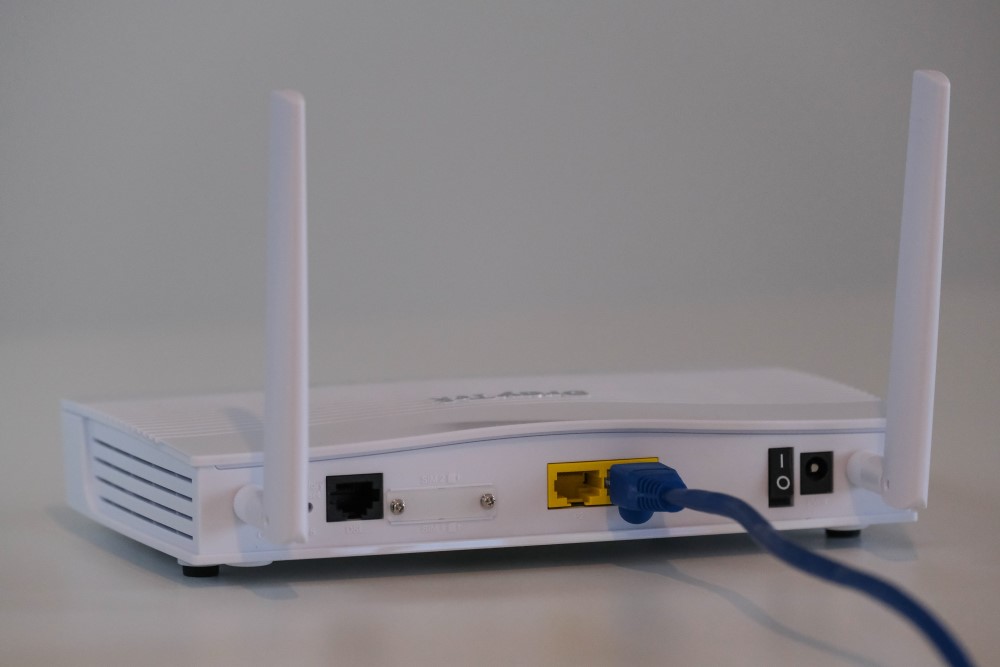
One of the most common issues with modern routers is that they are almost always Wi-Fi enabled. They broadcast a Wi-Fi signal to any device within range to allow a remote connection and streamline the user experience.
More often than not, the Wi-Fi extends far beyond the building the network is supposed to serve. This extension allows attackers to detect the network simply by passing by or staying in nearby locations. In a densely populated city full of coffee shops, it wouldn’t be unfeasible to find some that can catch dozens of home and office Wi-Fi signals. Any one of these is a potential avenue of attack for a savvy hacker.
It’s important to note that routers can’t become 100% secure against hacking even with every precaution. However, some security methods can make the hacker have a significantly harder time passing through, which usually causes them to give up and target a less defended network. Essentially, security measures for home connections work by deterring and delaying attacks rather than defending against them.
How Are Routers Hacked?
There are a few main ways that hackers access a remote router. These are typically independent of the router’s make and model.
Exploiting Vulnerabilities
A router’s firmware (the built-in software) is a complex code that handles everything from connections to managing new updates. If a firmware vulnerability is discovered, hackers can use it to apply a malicious piece of code and change the router’s programming or access the router’s administrative settings.

Firmware vulnerabilities are notorious for affecting an array of routers, typically from a single or a few manufacturers across different models. That means that a discovered vulnerability can propagate attacks on thousands or millions of devices if it’s not patched through in time.
Using Factory Provided Information
Most users don’t bother changing anything when setting up their new router and leave the login credentials just like they were out of the box. Typically, router credentials are the same across routers from a single manufacturer, and they are not terribly difficult to guess. If the router provides an unlocked Wi-Fi network with default router passwords, it’s easy pickings for even an amateur attacker.
Another way to access a router this way is to force it to reset. When a router is reset, its login information reverts to the factory standard. A hacker would need physical access to perform this type of attack, making it rarer and highly unlikely for homes unless they trespass, which presents a different host of security concerns.
Leveraging Remote Management
Some routers have the option of allowing technical and support personnel to access their administrative information remotely. The Remote Management setting, as it’s most commonly known in the interface, provides a way to enter a router by putting in its credential even if you’re not connected to its network. There is more nuance behind the curtains, like knowing the router’s IP address, but this information is not particularly difficult to capture.
WPS Infiltration
Older router models use a WPS (Wi-Fi Protected Setup) feature to bypass the need for users to plug in the password to access the Wi-Fi. WPS uses a PIN-based setup to replace authentication. Unfortunately, this PIN is less secure than most passwords since it is composed of two independent numbers checked separately. This significantly lowers the number of combinations required to breach the PIN and enter the network, making it susceptible to brute force attacks (see below).
Brute Force Attack (BFA)
A brute force attack is one of the most common and time-consuming ways to crack a protected router or any system in general. Without a lockout system to prevent rapid login attempts, hackers can run every possible password combination to match it with the credentials and access the device. These attacks are often made using software that automates the iterative process. The persistence of BFAs has given rise to increasingly complex encryption methods modern cybersecurity systems use. It’s also the primary reason why most websites ask you to create innovative, long, and difficult-to-remember passwords for new accounts.
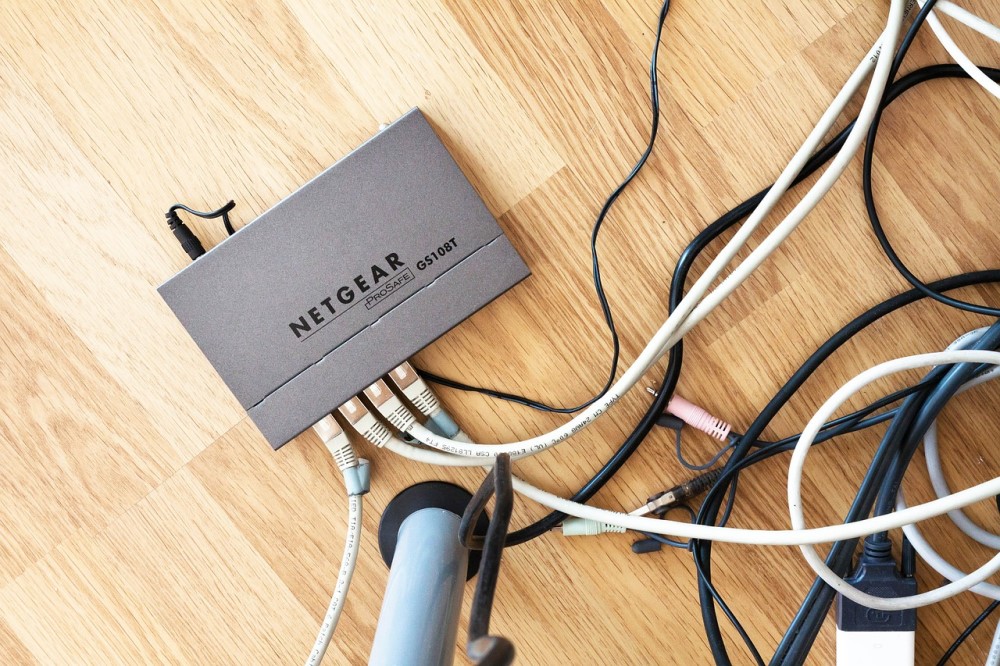
How to Tell if My Router Is Hacked?
If your router has been hacked, chances are you might not even notice unless something goes horribly wrong or you know where to look. However, there are typically some telltale signs that your internet connection, PC, or router has been compromised.
Consistently Slow Internet
When using broadband internet, you might have a slower connection from time to time when more users in your area are online and utilizing the same infrastructure, straining the system. An internet speed that is consistently below what it should be, on the other hand, is pretty hard to miss, especially if you know the data plan you’re on and the speeds you’re supposed to receive per your ISP contract.
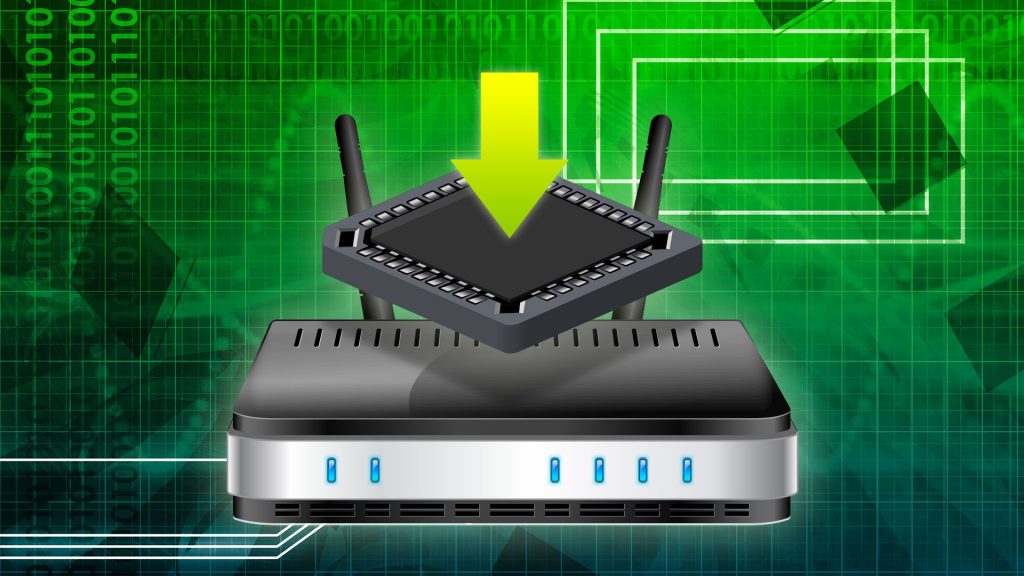
Consistently slowed internet speed can be explained by hackers using your router or PC to hog a portion of your bandwidth to do their bidding. This often involves uploading data from your devices to their servers or using your PC as part of a botnet to infiltrate better-protected networks.
Your Credentials Stopped Working
One of the first things attackers do when accessing a router is change its credentials to something only they know. This way, the owner gets locked out of the device and can’t make any sudden administrative changes without resetting the router. Trying to change your Wi-Fi settings and running into problems logging in is likely caused by getting hacked. The problem can also happen if the router firmware has a separate issue, but both are solved by resetting the device and applying stock credentials, then changing them.
More Devices Are Connected to the Network
If you believe that you’ve been hacked, you can log into the router (if you’re able to) and run a scan to detect all devices connected to the network. A router’s infrastructure can’t hide a user from the administrative view, even if they remain unnamed. You can vet existing devices around the house by removing them from the network and checking what remains. Note that the router will count both Wi-Fi and Ethernet-connected devices, so PCs will be displayed too.
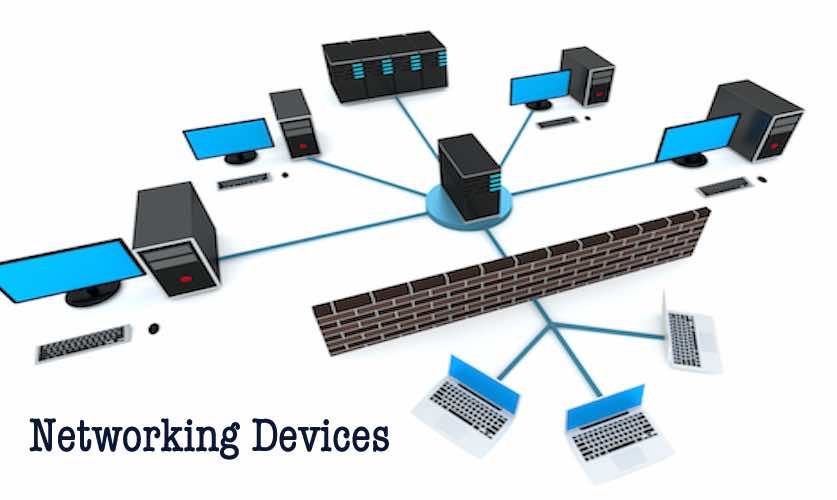
If there are more than the usual network users, someone has managed to get in. Or you just gave the password to the neighbor, so make sure to account for that option as well.
Browser Searches Go Wrong
The network router is one of the principal parts of the DNS routing system. DNS routing turns the URL you plug into a browser (the text in the top bar) into server addresses where the information you need resides. When the router gets hacked, an attacker can change the DNS table or server link present in the router to another one and change the endpoints you’re accessing.
Most often, the new DNS will contain various phishing websites. A phishing website looks hauntingly similar to the real thing, with only a few minor discrepancies that users might overlook until it’s too late. Their purpose is to store and retrieve your account information for the actual platform, then use it to provide access to other services, like your bank information.
You Receive Ransomware Messages
Ransomware messages are another fairly reliable sign that your network has been hacked. While the actual pathway the hackers took might not be through your internet router, it’s better to be safe than sorry. You’ll need to reset the router and apply more stringent security measures, including purging your system from malware used to gather data for the ransomware. Whatever you do, please don’t pay the ransom since it might not even affect the outcome in actual decryption attacks.
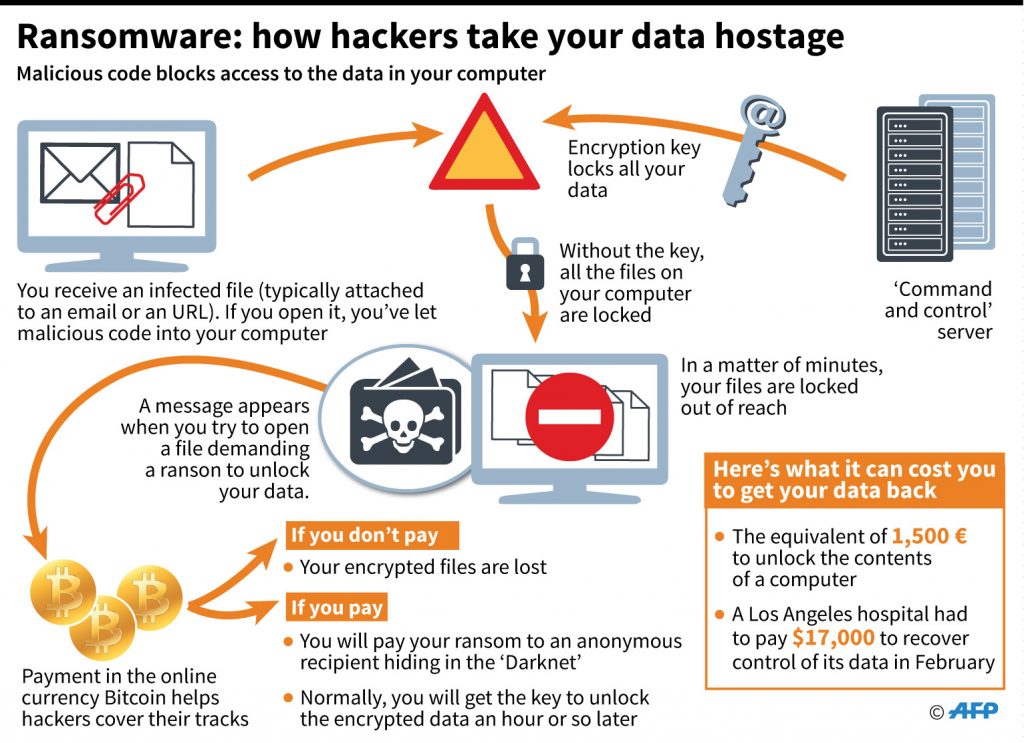
Ransomware attacks on households are relatively uncommon due to their low potential for earning. In most cases, the messages are meant to scare or intimidate, with little threat to your files or information. An increased frequency of more threatening ransom messages requires more investigation and better internet protection.
Unfamiliar Software on the Device(s)
With a hacked router, attackers can access any device that logs onto the network. This paves the way for them to download additional malware applications on those devices, monitoring, storing, and uploading any sensitive information their users access. Browser toolbars, odd-looking antivirus software, and random popups on the screen are the most common byproduct of these programs.
Given enough time, this malware can catch your personal information, such as bank credentials or profiles for various work-related accounts, which can tie into the ransomware messages mentioned above.
Losing Control of the PC
One of the most complex forms of interference that can happen when someone hacks into your device is remote access. This attack is very straightforward, allowing a hacker to directly control what is happening on your PC in real-time. They will typically be able to access any confidential files and passwords you’ve stored on the device and lock you out of your data.
By the time you notice this kind of attack, your passwords were probably compromised long ago, and you’ll need to reset everything. The beginning steps are to disconnect the PC from the internet, thus severing the connection, and reset the router. Then start the tedious process of assessing what comes next.

How to Keep Hackers Out of Your Router?
As mentioned before, it’s impossible to make a router impervious to attacks. However, some simple protection methods will work as a deterrent, making the process complicated enough for most hackers to give up due to a skewed risk-reward ratio and time investment requirement.
Reset the Password Periodically
Resetting the router credentials and your Wi-Fi password every few months will keep it fresh and most likely cease any ongoing attacks. When a router is reset, it reverts to its default information from when it first came out of the box. The stock password is weak (and probably already known) and should be changed immediately.
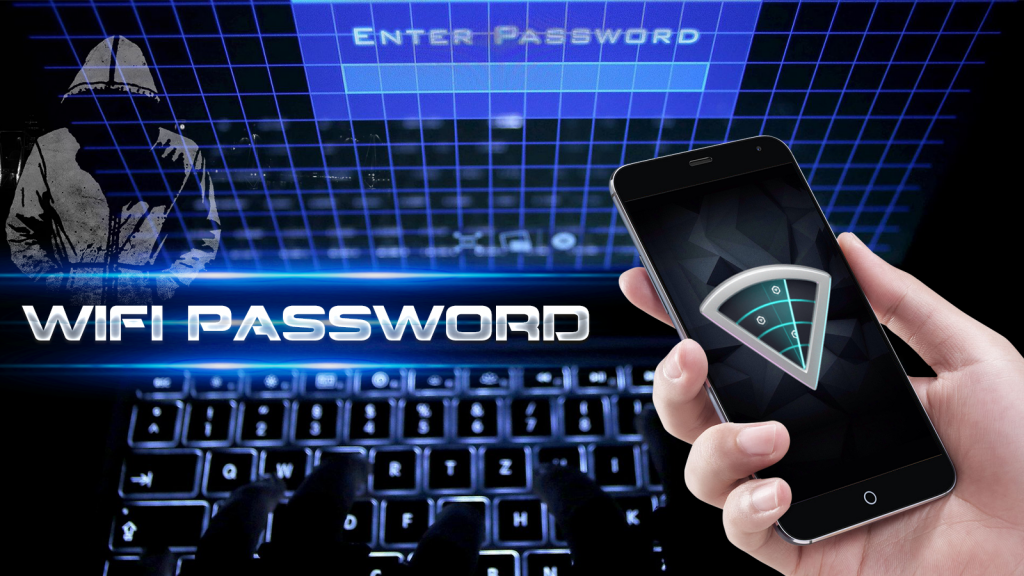
The new password should be relatively long (at least 12 characters) and have a mix of numbers, letters, and special characters. In general, a random password generator will do a better job of creating a password that is harder to crack than anything you can come up with on your own. This is doubly important for the Wi-Fi password itself since it’s a primary method of gaining access to the router.
Keep the Router Firmware Updated
Some routers will require manual firmware updates to bring them up to speed, while others can perform the update process in the background so long as they’re connected to the internet. To check which system your router uses, you’ll need to access its Settings panel. In some cases, you might need to download the update separately and apply it via cable or USB port.
Disable Remote Management and WPS
Remote Management (or Remote Access) and WPS settings were designed to make a user’s life easier by streamlining connectivity and support. However, the inherent vulnerabilities discovered in these systems years after entering widespread use have shone a new light on security and prevention methods.
Since these systems are more or less obsolete and rarely used, it’s best to disable them unless they’re needed. When you need a technician to check the device later, you can re-enable Remote Management just as quickly.
Use Antivirus Software
While antivirus programs don’t protect the router per se, they add an extra layer of protection against intrusions. Additionally, the most popular antivirus programs keep updated databases with known security risks and can dispense the patch to the router or the PC as soon as possible. With an antivirus, your PC is safer against hackers even if they break into the router and the network.
A New Internet Security Route
Applying a few common and simple protection measures can make the home Wi-Fi router and network more secure. Your internet privacy relies on a safe and uninterrupted connection, and keeping the router under tabs is a great way to have some peace of mind.
















